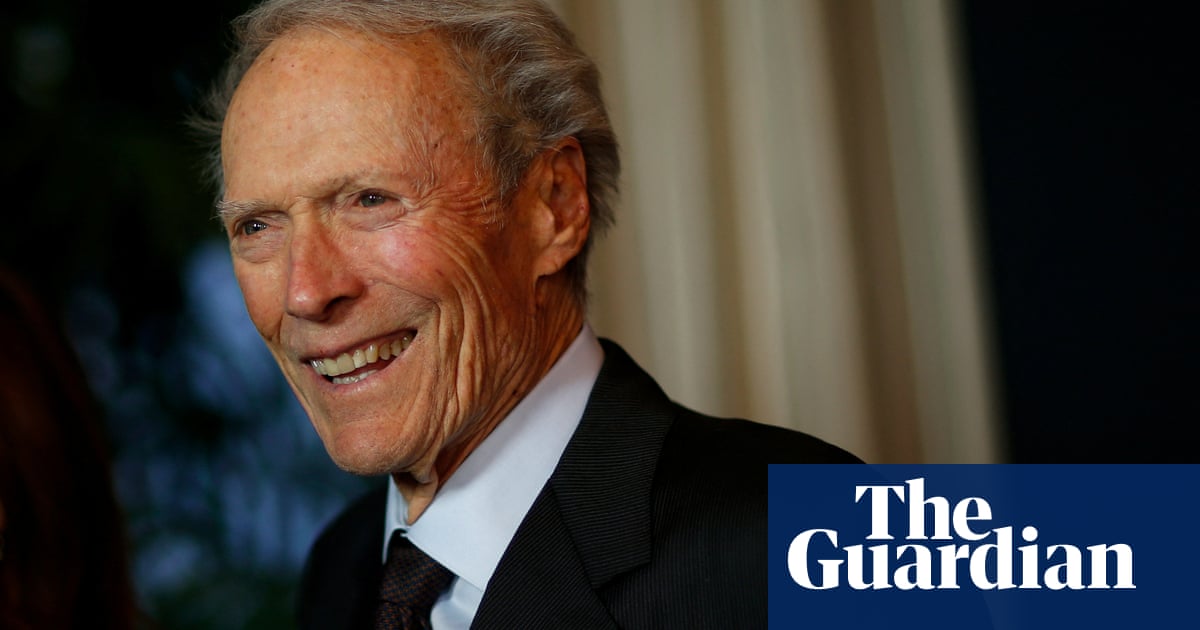Steve Bannon calls it “flooding the zone”. Donald Trump demonstrated it in his first weeks back in office, when he introduced over 100 executive orders. Regardless of their legal viability, the sheer volume of policy changes is the point. It is a political strategy to overwhelm institutions, courts and social groups, preventing effective opposition.
In Canada, we are witnessing our own version of “flooding the zone” from our new prime minister, Mark Carney, in coordination with provincial and territorial premiers. Carney is the former governor of the Bank of England. Prior to that, he was the governor of the Bank of Canada. He recently won the federal election by defeating a rightwing opponent Canadians feared would steer them too far towards Trump policies. Yet Carney’s “negotiations” with Trump have so far involved gentle reminders that Canada would never become the 51st state, as threatened by the US president, and capitulations to Trump’s demand to strengthen our border security and increase defense spending. In reality, Canada is moving much closer to the authoritarian rule of Trump.
Under the guise of “elbows up” – a hockey reference calling on Canadians to fight back against Trump – massive corporate giveaways are taking place across the country. Characterizing Trump’s tariff war as an emergency that demands drastic action, the province of British Columbia has passed Bills 14 and 15, expediting resource extraction and development. In Ontario, Bill 5 was whipped through the legislature in recent weeks, creating Special Economic Zones that the premier says will fast-track mining in the “Ring of Fire” – a vast region of boreal peatlands rich in critical minerals.
Federally, Carney has introduced an equally authoritarian legislative proposal called the Building Canada Act, which will grant to cabinet the extraordinary power to waive the application of almost any federal law in respect of projects it deems to be in the “national interest”. He has also introduced omnibus legislation called the “Safe Borders Act”, which will weaken refugee protections and terminate potentially thousands of pending immigration permits and applications. Moreover, it is likely to be twined with the beefing up of police and border forces. Finally, the defense minister announced tens of billions of dollars in spending on new security infrastructure in line with Trump’s new Nato priorities.
These so-called “emergency” levers being pulled in the national interest are a complete stunt. Besides a couple of thousand new security recruits – and a small surge of workers for an extremely short period of construction – there is no job creation here, no reduction in cost of living, no difference to Canadians at the grocery store. As ever, almost none of these dollars will “trickle down” to the vast majority of people across the country. Moreover, the fast-tracking of resource extraction involves not only an assault on Indigenous jurisdiction and environmental regulations, but also on workers’ rights and protections.
Instead, let’s look at who really gains from this concentration of new power in the executive branches, and who loses.
In British Columbia, it’s the Prince Rupert Gas Transmission line and Ksi Lisims LNG that’s on the docket for approval at the moment. Its financial investors include Wall Street companies deeply embedded in Trump’s inner circle. The Sisson Project in New Brunswick is operated by Northcliff Resources, which is mostly owned by the Todd Corporation based in New Zealand. New Brunswick recently brought the Sisson Mine back from the dead thanks to nearly $30m in cash to the project from both the Canadian and US governments.
In Ontario, the Ring of Fire has been “explored” by a number of companies, but it is primarily the privately held Wyloo mining company that stands to benefit from Ontario’s decision in Bill 5 to exempt its Eagle’s Nest mine from environmental assessment entirely. This – when combined with Ontario’s bankrolling of the new all-season road through the peatlands that is necessary to get the minerals out – is a huge public subsidy to the company, owned by an Australian billionaire – cynically promoted as shoring up our national autonomy.
Indigenous peoples across the country promise that this legislative bullying will generate a backlash of blockades and direct action on the land. To attempt to stem the damage, the Ontario government announced a $70m contribution to the Indigenous Participation Fund for First Nations to supposedly have more input in regulatory processes, and a tripling of the Indigenous Opportunities Fund, which provides loan guarantees to First Nations seeking to access financing to become proponents of resource extraction projects. The federal Indigenous Loan Guarantee Program has also been expanded to these same ends, doubling to $10bn.
A common thread in this onslaught of new legislation is the creation of “legal black holes” and the dangerous centralization of discretionary power federally within the privy council office and in provincial cabinet offices. Neither equity stakes nor more “consultation” alter the balance of power in these startling new arrangements.
What happens when these projects are contested, even despite extensive consultation and the availability of financing? If history is any indication, the needs of federal and provincial governments – citing “critical infrastructure” for securing national interests – will surely take precedence over Indigenous rights.
It is not only the tactic of “flooding the zone” that is being replicated here, but the content of how the political emergency is being defined and solved. Who needs to become the 51st state when our own governments are ready to implement all the same policies of pillage and oligarchic power themselves?
-
Shiri Pasternak is an associate professor in criminology at Toronto Metropolitan University. Dayna Nadine Scott is a professor at Osgoode Hall Law School and the Faculty of Environmental & Urban Change at York University. Both authors are members of the Infrastructure Beyond Extractivism research team, a collaboration between critical scholars and Indigenous land defenders across North America

 2 months ago
54
2 months ago
54

















































